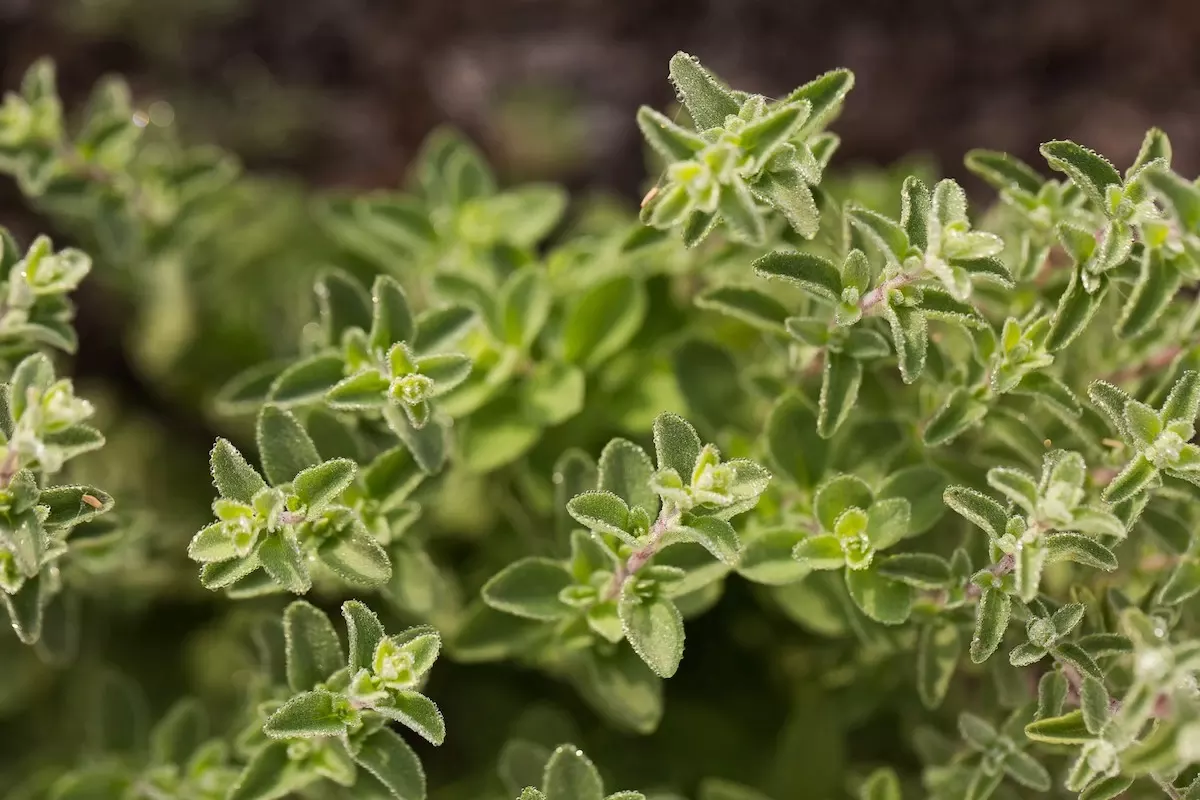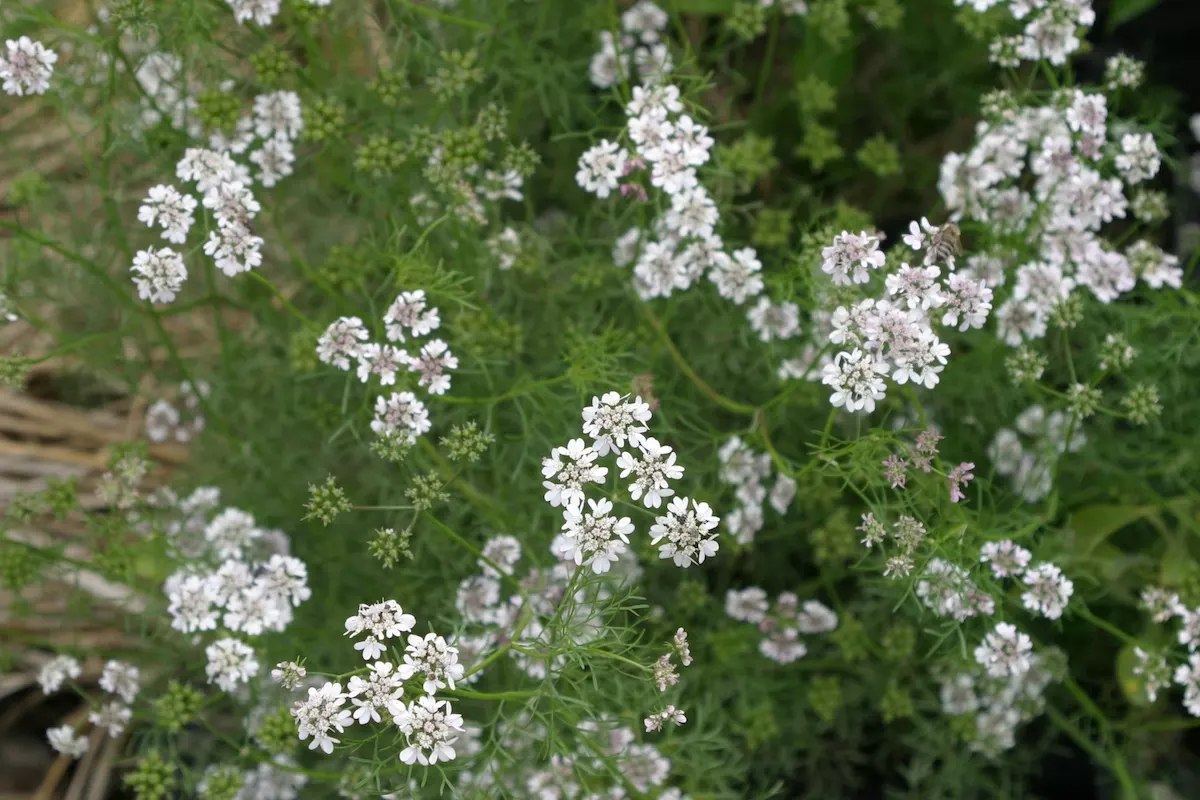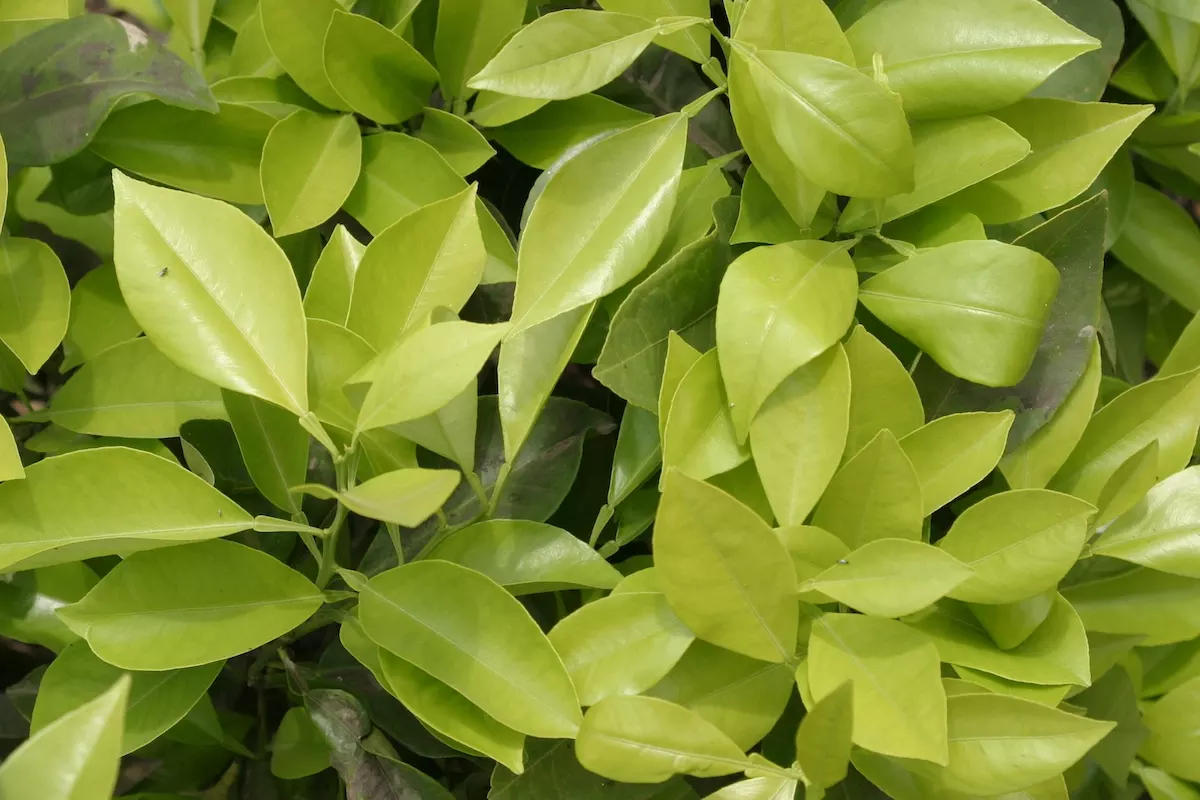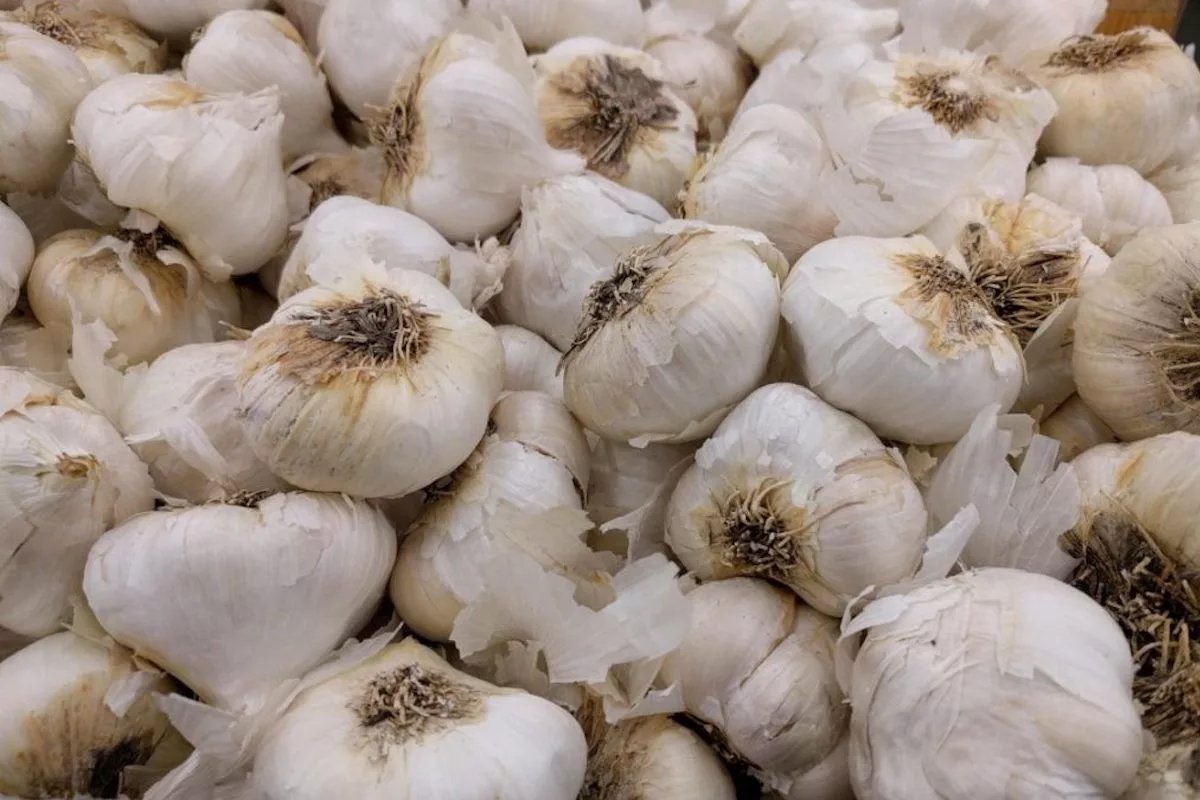
Cumin oil
January 6, 2021
Sweet Basil oil
January 4, 2021
Sweet Marjoram oil

Production Method
By steam distillation of the dried leaves and flowering tops of the plant to obtain the oil. A concrete and absolute are produced by solvent extraction of the fresh, whole aerial parts of the plant.
Uses
In Perfumery, “The oil has a warm-spicy, aromatic-camphoraceous and woody odor, reminiscent of nutmeg and cardamom. It introduces a fresh, slightly medicinal-aromatic, warm note in fougères, colognes, Oriental bases, etc.” (Arctander, S., “Perfume and Flavor Materials of Natural Origin”, 1960). Also used in the scenting of soaps. In Flavors, it can be found in seasonings, tinned foods, meat sauces, baked goods and other foods, as well as dental and oral products. “The material is […] a good source of terpinen-4-ol […] the key odor component of nutmeg oil, [which] it can help replace in applications where nutmeg toxicity may be an issue.” Wright, J. “Flavor Creation” (2004). This latter point is of great interest if/when considering the necessary mitigation of nutmeg oil in soft drinks applications. In Aromatherapy, it is a very interesting oil for its “non-toxic, non-irritant, non-sensitizing [properties] (but not to use during pregnancy). Analgesic, anti-oxidant, antiseptic, antiviral, bactericidal (inhibiting many pathogenic bacteria like Staphylococcus, E.coli, Shigella, Proteus, and Pseudomonas), cordial, digestive, expectorant, diuretic, antispasmodic, fungicidal, hypotensive, stomachic, vasodilator, etc.” (Lawless, J, “The Illustrated Encyclopedia of Essential Oils : The Complete Guide to the Use of Oils in Aromatherapy & Herbalism” (1995). “Indicated for the treatment of: insomnia, paralysis, epilepsy, vertigo, neurasthenia, anxiety, stress, tachycardia, high blood pressure, neuralgia, muscular rheumatism, arthritis, rhino-pharyngitis, sinusitis, otitis, mouth ulcers, etc.” (Franchomme, P.; Jollois, R.; Pénoël, D. “L’Aromathérapie Exactement” (2001).
Botanical Origin & Historiography
Sweet Marjoram (a.k.a. Knotted Marjoram, also as Pot Marjoram) is indigenous to the Mediterranean, Western Asia, the Arabian Peninsula, and the Levant. It is chiefly cultivated in Egypt since ancient times and was known to the ancient Greeks and Romans as a symbol of peace, harmony, and happiness — symbolic qualities interestingly reflected in its aromatherapy uses and indications!



